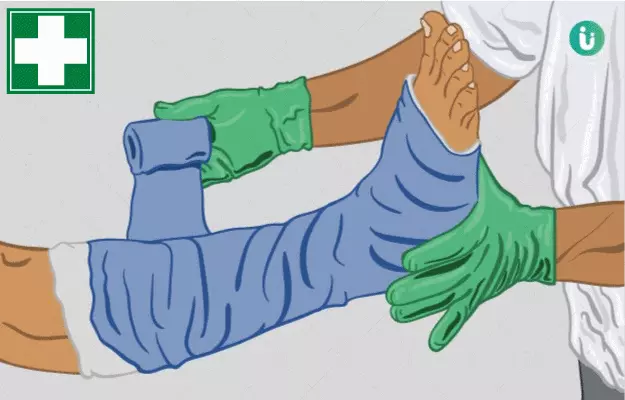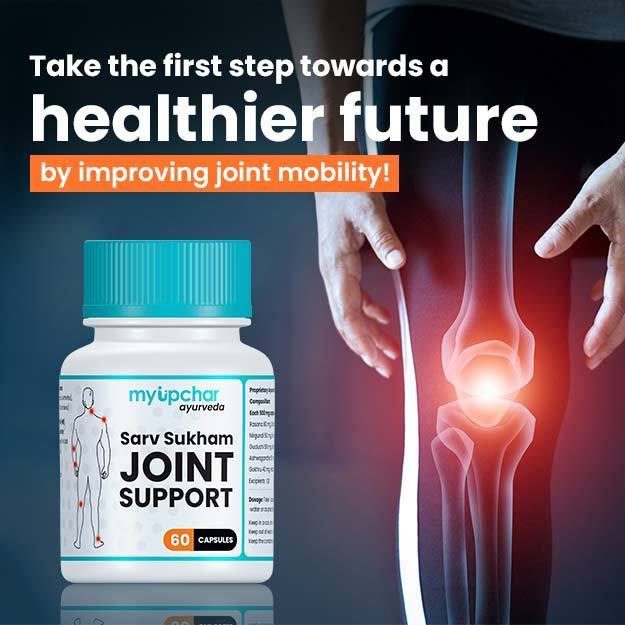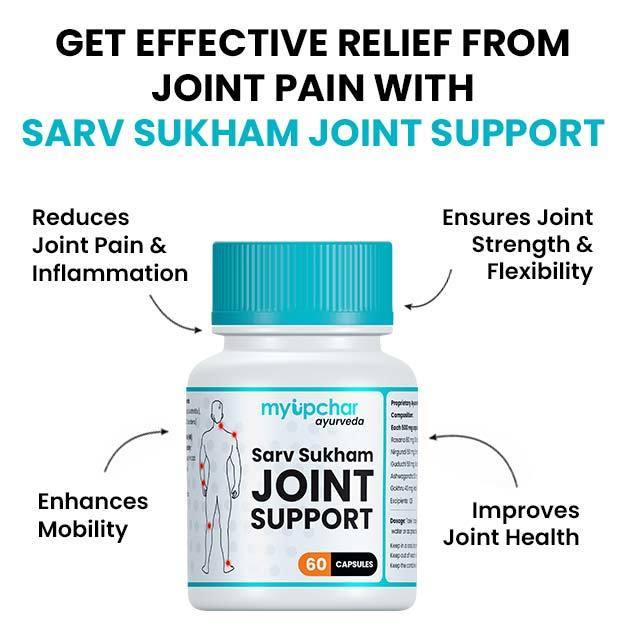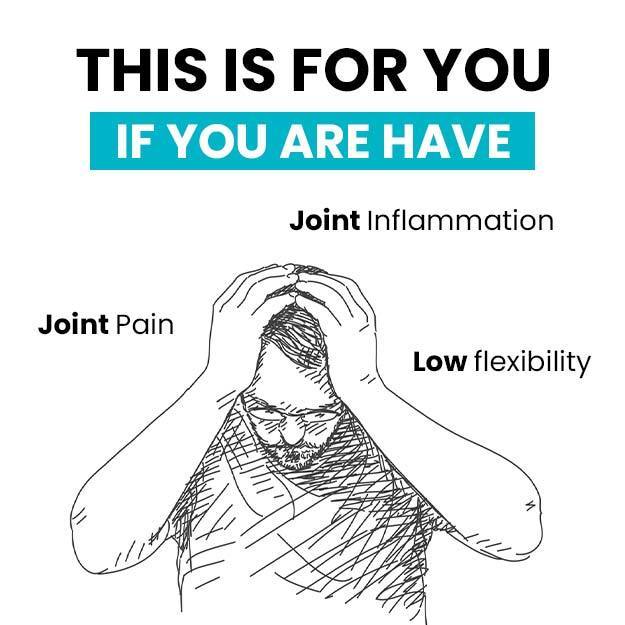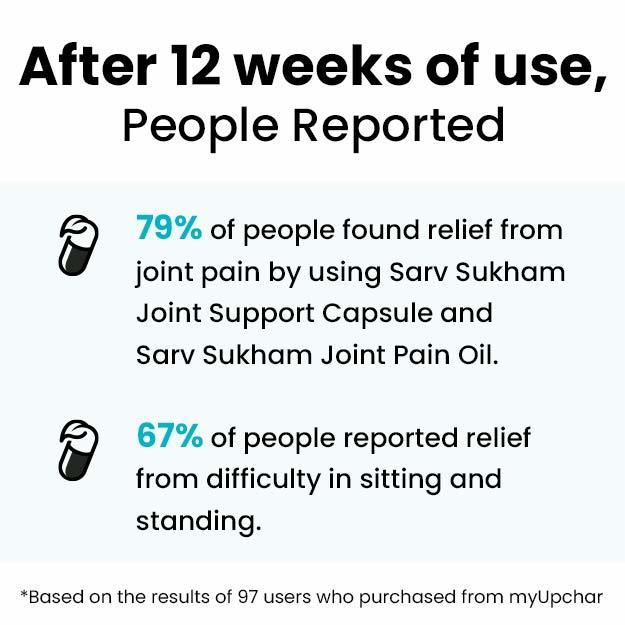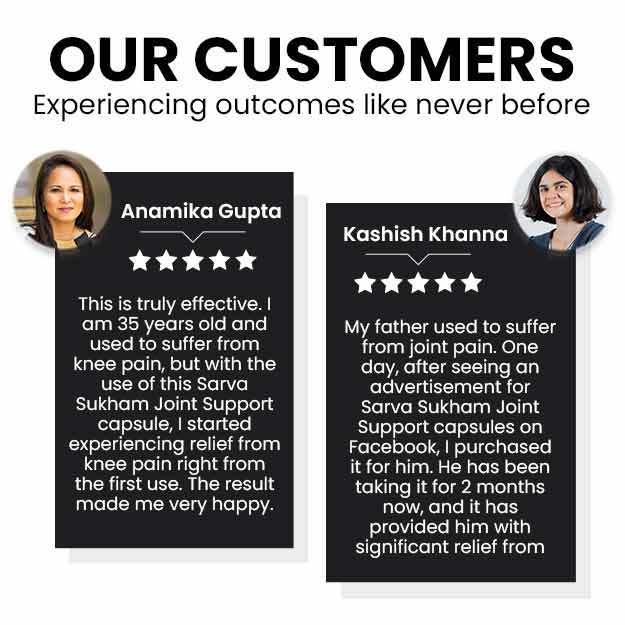A fracture occurs when there is a break in the bone. It is an injury that can be caused by a fall, accident or other physical trauma. Children and the elderly are two groups that are more prone to getting a fracture. While not usually a life-threatening injury, a fracture needs to be treated by a medical professional and may even require surgery if the damage is severe. A fracture can be of two types:
- Open fracture: An open fracture occurs when the broken bone tears through the surrounding skin tissue. This is also known as a compound fracture and is a more serious injury.
- Closed fracture: A closed fracture is when the broken bone has not pierced through the skin tissue.

